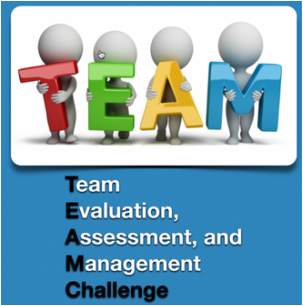|
Myocardial infarction with papillary muscle rupture
Thyroid storm
Aspirated foreign body
0 Comments
Your comment will be posted after it is approved.
Leave a Reply. |
Archives
August 2018
Categories
All
|

 RSS Feed
RSS Feed
